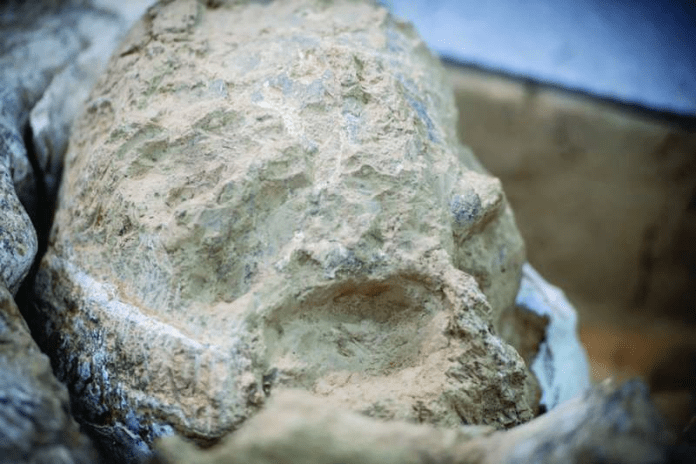The Hubei Provincial Directorate of Culture and Tourism announced the successful excavation of the “Junxian Man No. 3” fossil, and researchers have begun related repair and research work.
The fossil, a local Arabic daily quoting Xinhua said, was discovered on May 18, inside a site dating back to the early Paleolithic period in Hubei Province, central China, where the first and second skulls of this type were discovered, dating back between 800 thousand years to 1.1 million years, respectively, in 1989 and 1990. The new fossil is the most complete Homo erectus skull found in inner Eurasia dating back to this era.
It took the archaeologists six months to remove the rock surrounding the skull and separate the human fossils from the animal fossils and stone elements.
Lu Chengqiu, director of the extraction project, said the researchers made 3D modeling more than 20 times, took more than 200,000 photos, recorded the entire excavation process via video, and extracted more than 1,400 sediment samples.
The well-preserved third skull will fill research gaps in the field of the evolutionary history of Homo erectus, said Gao Xing, a researcher with the Institute of Vertebrate Paleontology and Paleoanthropology under the Chinese Academy of Sciences. The new skull fossil will provide evidence of the evolution, origin and evolution of Homo erectus in East Asia, he said.
According to Xinhua, the presence of a large number of stone tools at the site also proved that the “Yunxian Man” was able to hunt, make and use tools millions of years ago.

















